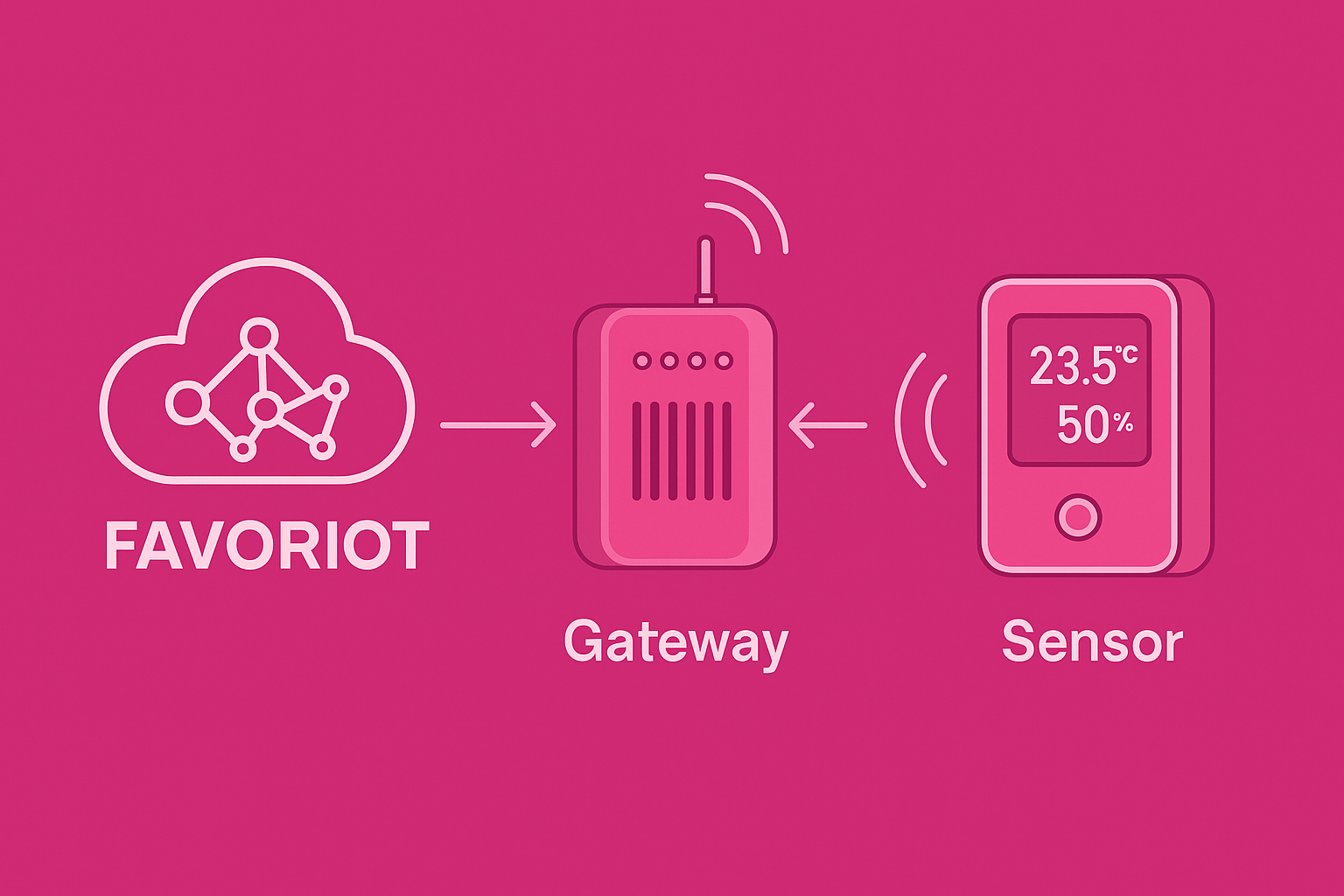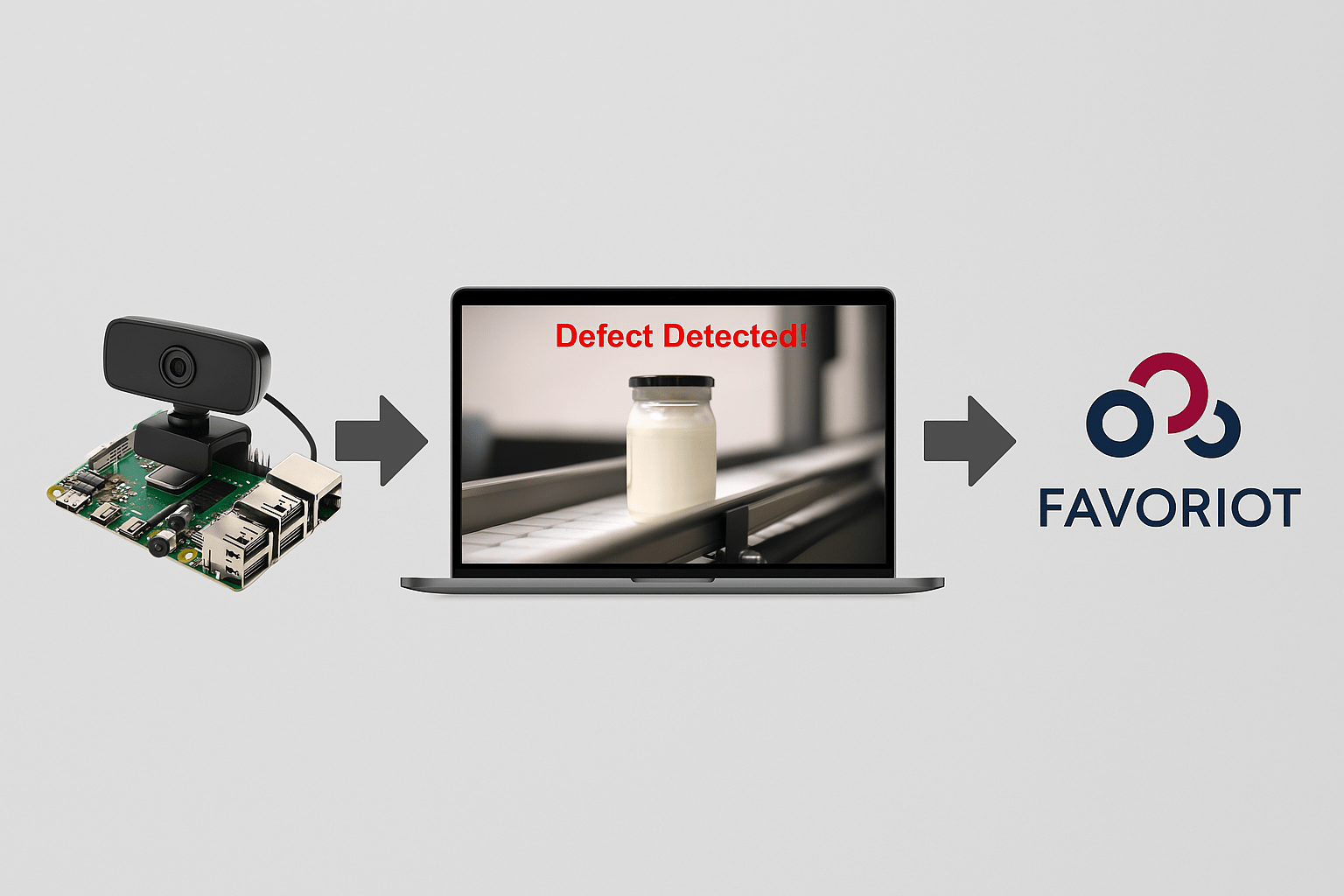
Sistem Pemantauan Suhu & Kelembapan Dalaman (Indoor Temperature & Humidity Monitoring System)
May 9th, 2025 Posted by favoriotadmin BLOG, HOW-TO, Internet of Things, IOT PLATFORM 0 thoughts on “Sistem Pemantauan Suhu & Kelembapan Dalaman (Indoor Temperature & Humidity Monitoring System)”SPESIFIKASI FAVORIOT
FAVORIOT menawarkan satu penyelesaian menyeluruh berasaskan IoT Enterprise Platform yang membolehkan pemantauan suhu dan kelembapan secara masa nyata dengan pemasangan sensor tanpa wayar serta integrasi penuh melalui cloud persendirian yang selamat.
1. Platform IoT FAVORIOT (Enterprise Edition)
Platform ini direka khusus untuk menyokong aplikasi pemantauan suhu dan kelembapan di lokasi sensitif seperti arkib, stor bahan kritikal, makmal, dan gudang penyimpanan.
Ciri-Ciri Utama Platform:
- Awan Persendirian dan diperakui oleh MySTI (Malaysia Science, Technology and Innovation)
- Pengurusan Peranti Tanpa Had – menyokong pelbagai jenis peranti dan gateway secara selamat
- Pemantauan Masa Nyata status peranti dan data suhu/kelembapan
- Konfigurasi Jarak Jauh serta kawalan peranti secara terus melalui platform
- Sokongan Protokol IoT: MQTT, CoAP, REST
- Struktur Hierarki: Projek → Aplikasi → Kumpulan → Peranti
- Storan Fleksibel untuk pelbagai jenis dan format data
- Visualisasi Data melalui dashboard tersuai
- Analitik Data: Statistik, Corak Trend, Korelasi, Ramalan Siri Masa
- Peraturan & Notifikasi: Tetapan amaran dan automasi tindakan melalui e-mel & Telegram
- API RESTful Tanpa Had untuk sambungan ke sistem lain
- Edge Gateway Processing – menyokong pemprosesan awal di peringkat gateway
- Keselamatan Data melalui token akses & penyulitan
- Perkongsian Data secara awam melalui pautan atau ke pelayan pihak ketiga
- Muat Turun Data dalam format CSV/JSON
- Penghantaran Data Berkala ke e-mel yang ditetapkan
2. Sensor Suhu & Kelembapan Dalam Ruang (Wireless Indoor Sensor)
Model: UN-LORA-AT-RH-BATT
Teknologi: LoRaWAN®
| Parameter | Spesifikasi |
|---|---|
| Julat Suhu | -5°C hingga +50°C |
| Julat Kelembapan | 0% hingga 90% (tanpa pemeluwapan) |
| Bekalan Kuasa | 1 × bateri 4000 mAh |
| Hayat Bateri | 3–4 tahun (penghantaran data setiap 1 jam) |
| Voltan Operasi | 3.6V |
| Perlindungan IP | IP67 |
| Pemasangan | Dipasang pada dinding |
3. Gateway IoT (4G LTE + LoRaWAN)
Model: UN-IOT-G-4G-W
Teknologi: LoRaWAN® + 4G LTE
| Parameter | Spesifikasi |
|---|---|
| Rangkaian | 4G LTE (CAT 1) |
| Slot SIM | 1 (Micro SIM) |
| Protokol Sokongan | MQTTs / HTTPs |
| Bekalan Kuasa | 5.0V melalui Port Type-C (2A) |
| Antena | Monopole Luaran |
| Julat Suhu Operasi | -10°C hingga +50°C |
| Perlindungan IP | IP30 |
| Pemasangan | Dipasang pada dinding |
4. Perkhidmatan Tambahan
- Sokongan & Penyelenggaraan: Sehingga 3 tahun (termasuk sokongan e-mel, telefon dan lawatan tapak)
- Latihan & Dokumentasi: Disediakan untuk pentadbir sistem dan pengguna akhir
- Pensijilan Pemasang: Semua pemasangan dilakukan oleh jurutera bertauliah yang mempunyai sijil pemasang rasmi FAVORIOT
FAVORIOT memberi tumpuan kepada kebolehpercayaan, keselamatan, dan fleksibiliti dalam membina penyelesaian IoT tempatan yang menyeluruh untuk pemantauan persekitaran secara pintar.



